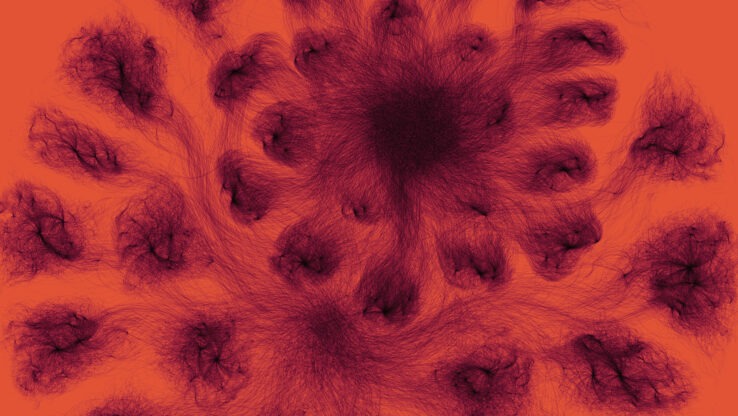760 What the young can give to the old
The Economist highlights work by several ISB researchers showing that gut microbiome patterns reflect healthy aging and predict survival in humans. The work was originally published in the scientific journal Nature Metabolism.

Microbiome
Understanding of the human microbiome has grown exponentially over the past decade. ISB researchers are unlocking the mysteries of the human microbiome and translating our scientific knowledge into therapies for a number of complex diseases.

Pioneer 100 Study Show Data, Coaching Can Optimize Individual Wellness
Results from the Pioneer 100 Wellness Project, a nine-month study of 108 individuals, demonstrated that combining personal, dense, dynamic data clouds with tailored behavioral coaching can optimize wellness for individuals. These data clouds also can identify early transitions into disease states and facilitate the reversal of some disease states back to wellness.

Ötzi the Iceman: Helicobacter pylori Pathogen Found in Stomach Contents
Institute for Systems Biology collaborates with researchers worldwide to study pathogens in the stomach content and microbiome of the 5300 year old European Copper Age glacier mummy “Ötzi” and discovers a Helicobacter pylori pathogen genome.
Ötzi harbored a nearly pure Asian-origin bacterial population of H. pylori providing key information as to population migration into Europe over the last few thousand years.
Supported by proteome information gathered at ISB, the Iceman’s stomach was found to be colonized by a cytotoxic strain of H. pylori that triggered host inflammation immune responses.



